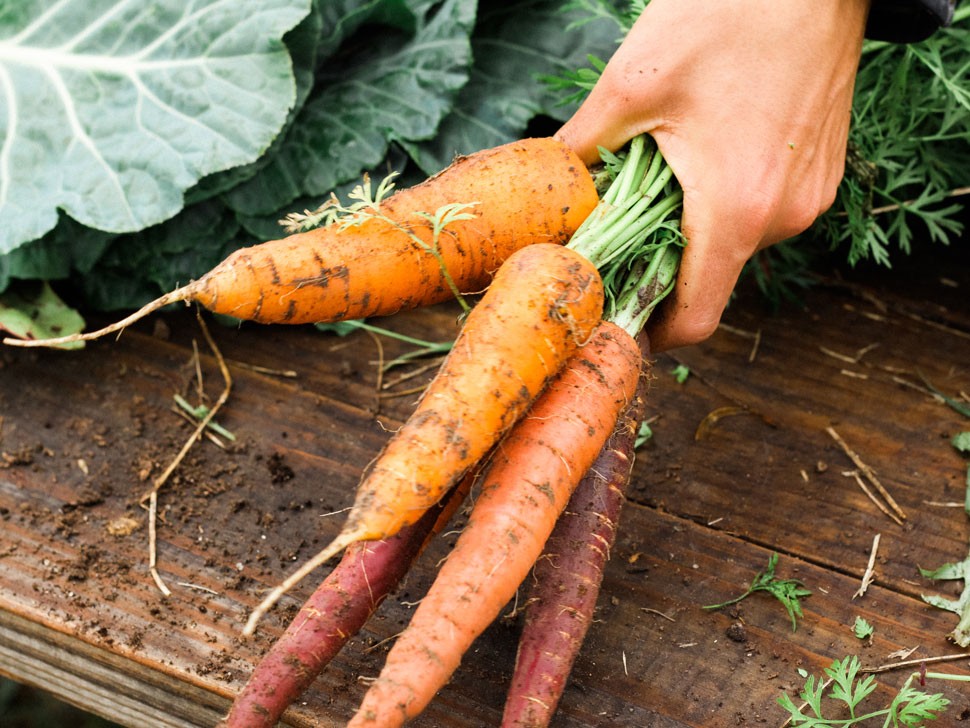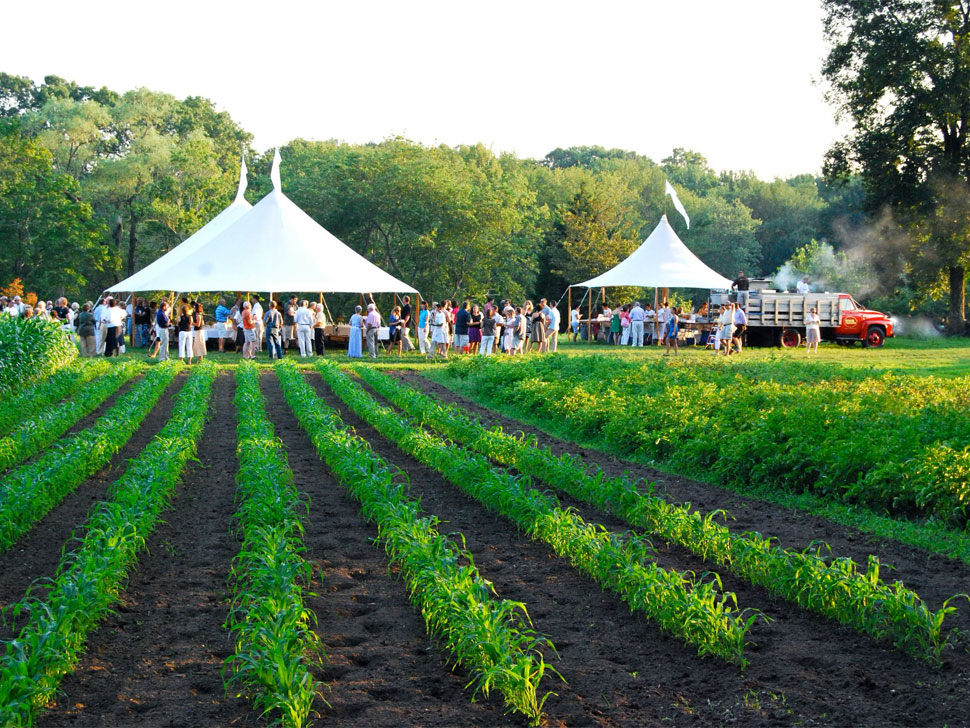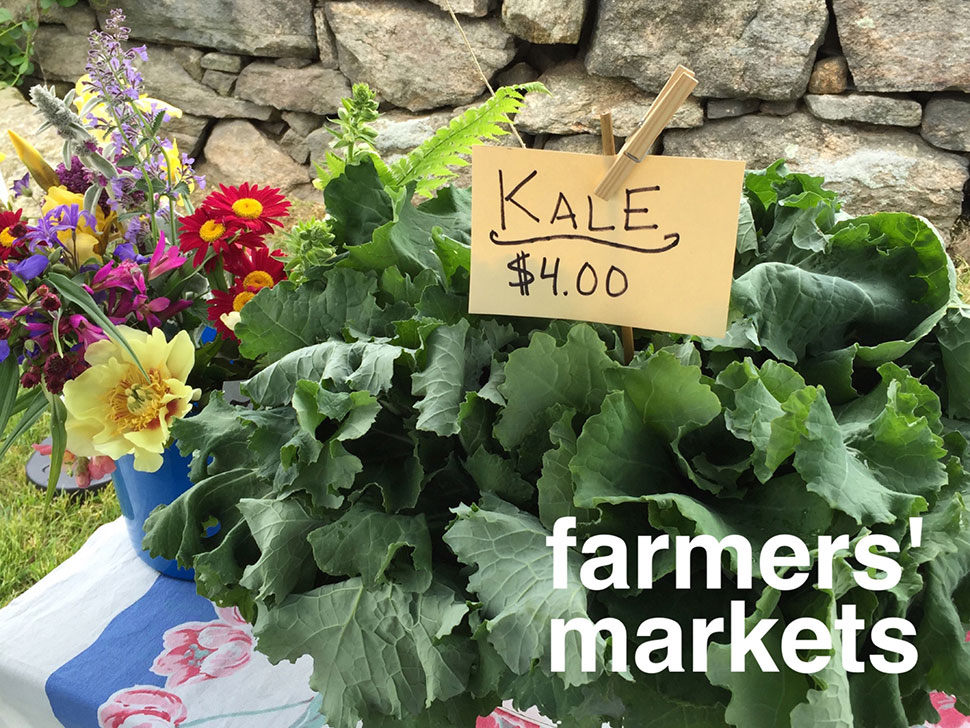How to Plant a Victory Garden

We turned to master gardener, Christine Darnell, for a how-to guide to feeding ourselves! Here are her tips.
The Victory Garden
Now is the perfect time to grow a Victory Garden.
Victory Gardens surfaced during World War I and II as a way for Americans to be self-sufficient during wartime and fight hunger using their own back yards. With the weather inching towards warmer, and trips to the supermarket becoming more and more fraught with concern, planting a victory garden seems quite appropriate right now. Sinking your hands into the dirt can bring a sense of calm and harvesting food can provide satisfaction and a feeling of self-sufficiency.
The three important factors to consider when creating your victory garden are light, soil and water.
- Light Conditions: Site your garden in an area that gets at least six hours of direct sunlight. It should be either south or west facing, and take into consideration the surrounding tree canopy. A raised bed is the simplest and easiest way to go, and there is a lot less bending involved!
- Soil Quality: Think rich, fertile soil. These plants are doing some hard work producing and they will need to be fed. Your local hardware store or retail nursery will have soil especially for vegetables and annual flowers.
- Water: Site your garden near an available water source. During the summer months these plants will need to be watered regularly, as their root systems are fairly shallow. Treat yourself to a quality hose and watering wand or install either a drip irrigation system or sprinkler system.
- Easiest to Grow: Many of the healthiest vegetables are quick and easy to grow. Consider lots of leafy greens like Kale, Arugula, Mache, Red Leaf and Butterball lettuce. Have some fun mixing different colors and textures. Prolific producers include zucchini and cucumbers, as well as peas, bush beans, string beans, peas and tomatoes. A wide variety of tomato starter plants will be available soon, why not choose a few different shapes and colors for pure visual pleasure on the plate?
- Herbs and Edible Flowers: Nothing makes a dish more enjoyable than a few snipped herbs or edible blossoms. Thyme, oregano, chives, parsley and summer savory are all very easy to grow. Consider adding nasturtiums to toss into salads, as both the blooms and leaves are edible. Consider also a few basil plants, a nice sized rosemary plant and a few spearmint or peppermint plants for salads and tea. (Sink the mint, container and all, directly into the garden bed, as they have an aggressive, root system and will take over the entire bed if planted directly into the soil.)
It is my understanding that many organic vegetable seeds are already quite hard to get, and are back ordered a full month. Consider purchasing 4-inch starters, which will be available at nurseries and farmers markets very soon. If you are committed to growing from seeds, lettuces are the easiest.
My parting advice is to start small, that way you can focus on properly maintaining your garden. This will allow you to learn what you have time for, and what grows well here. Lastly, grow what you enjoy eating, and not what you think you should grow! Grow what will bring you and your family a sense of pleasure, a sense of refuge and delight.
Find out more about Christine at: christinedarnellgardens.com








